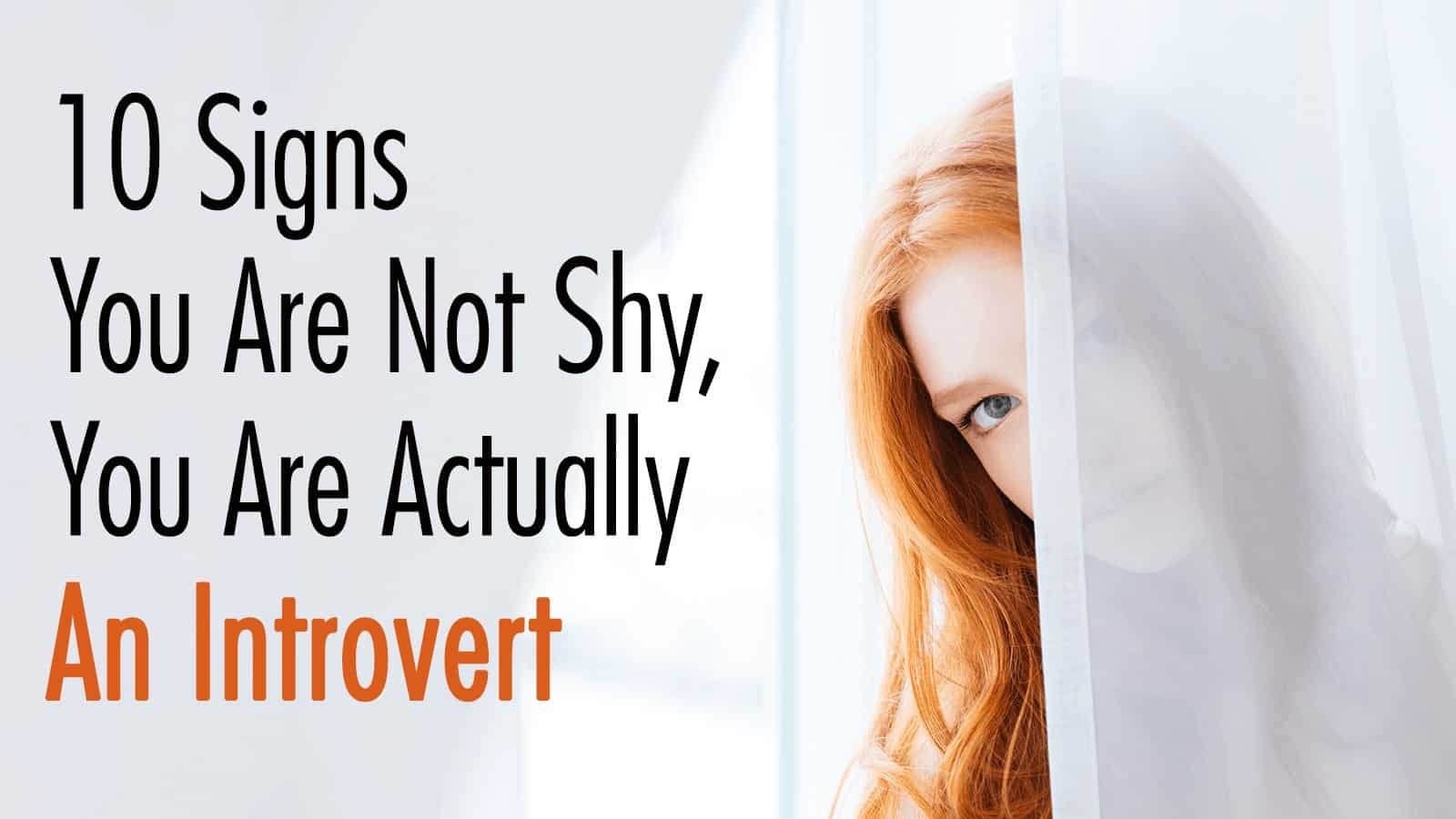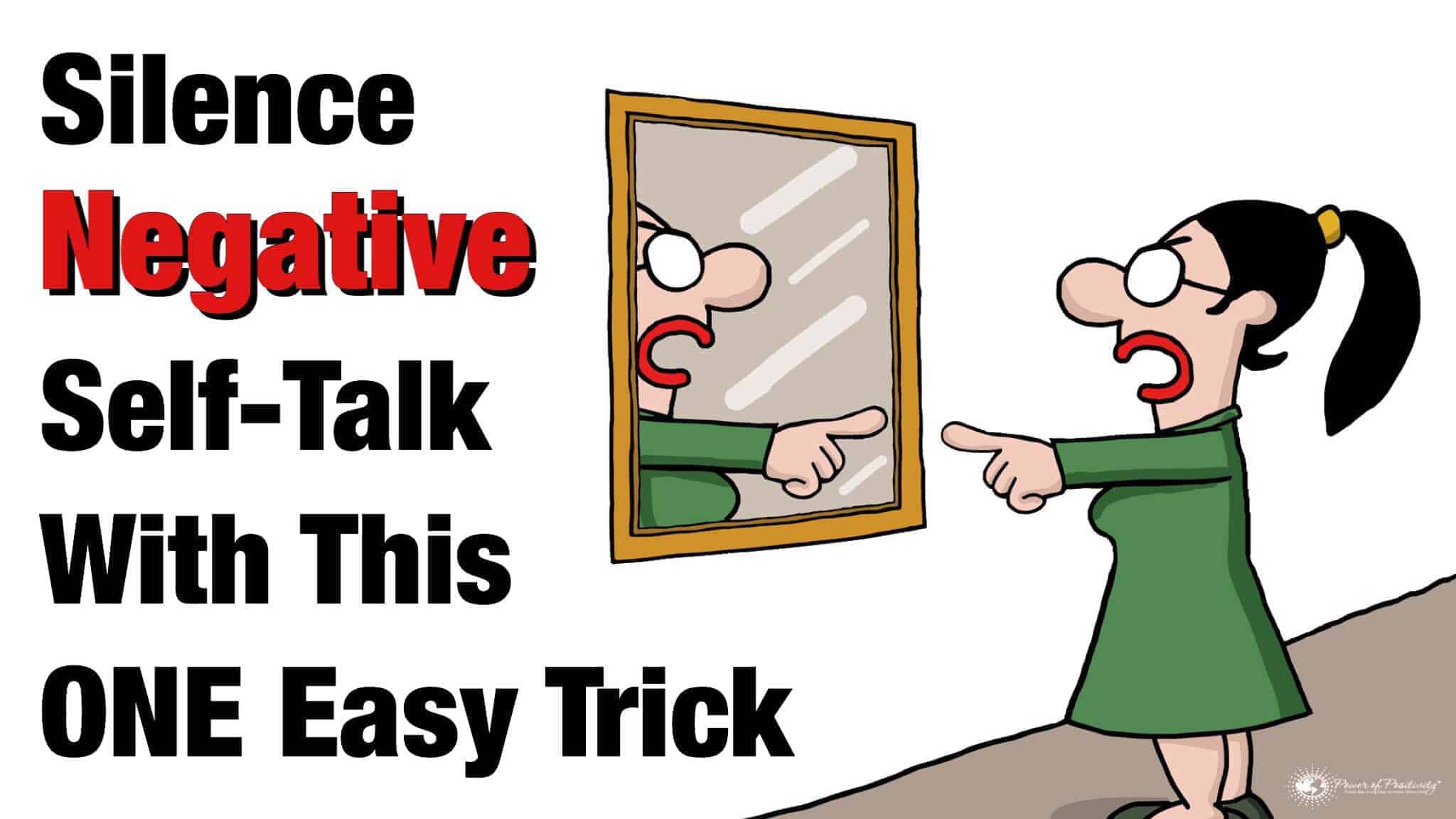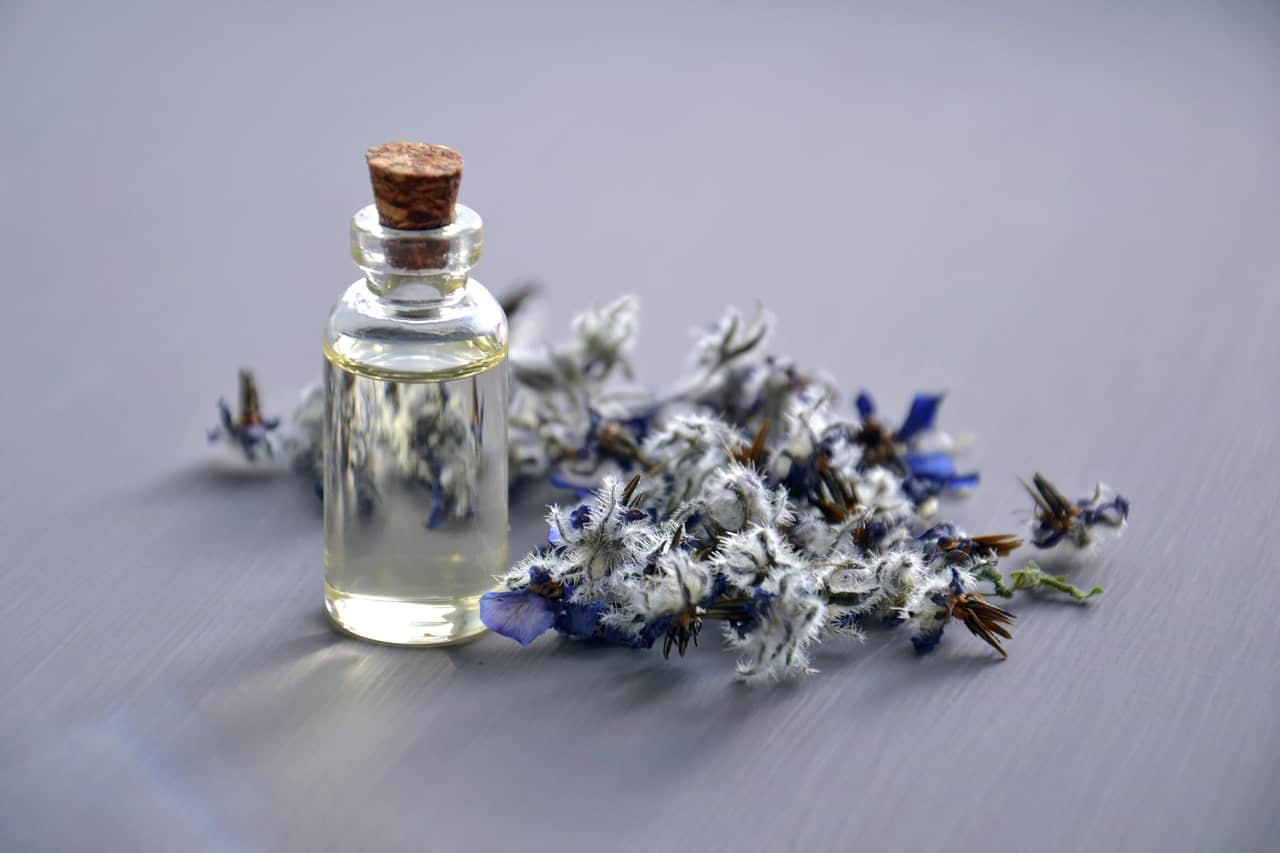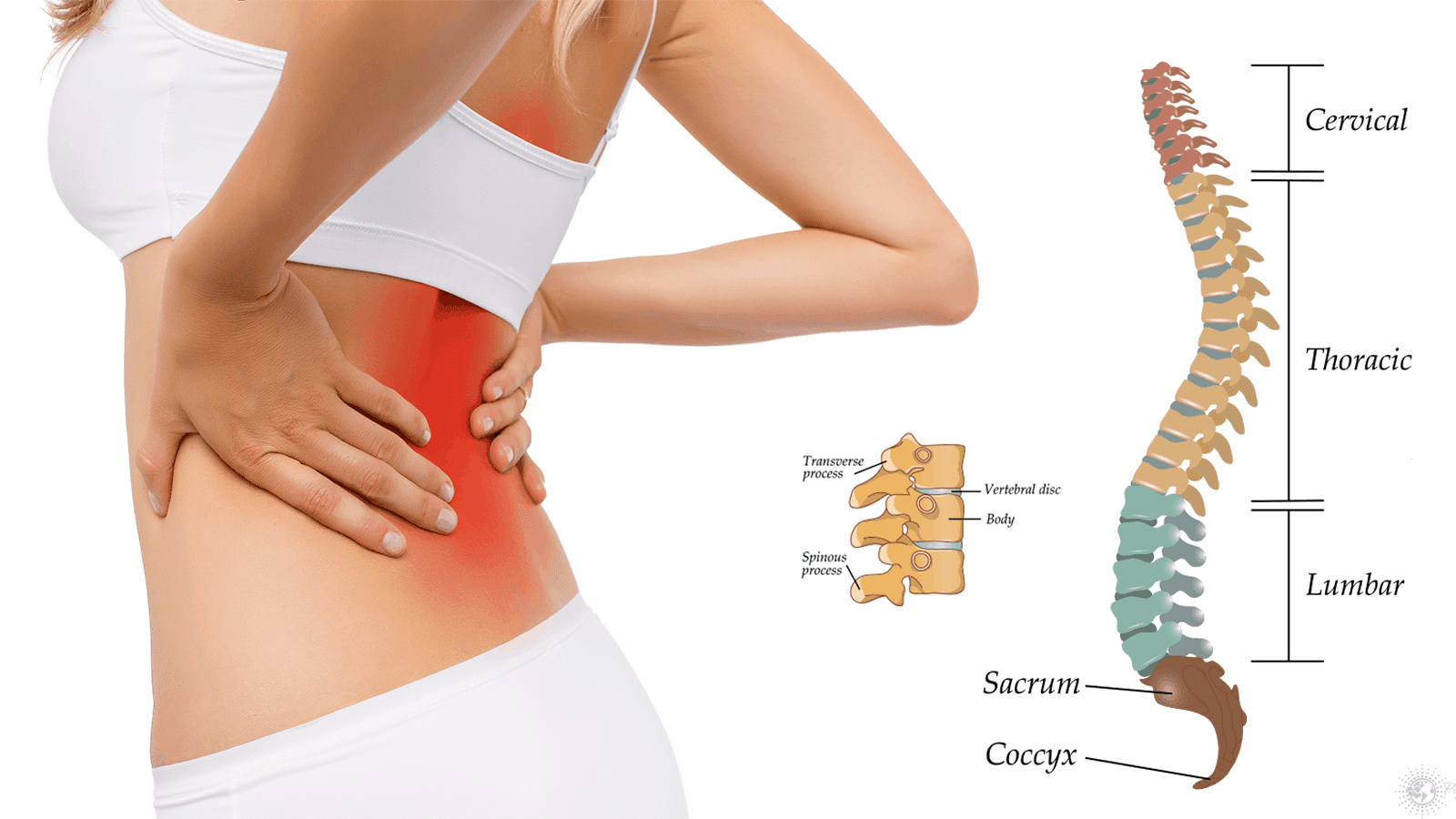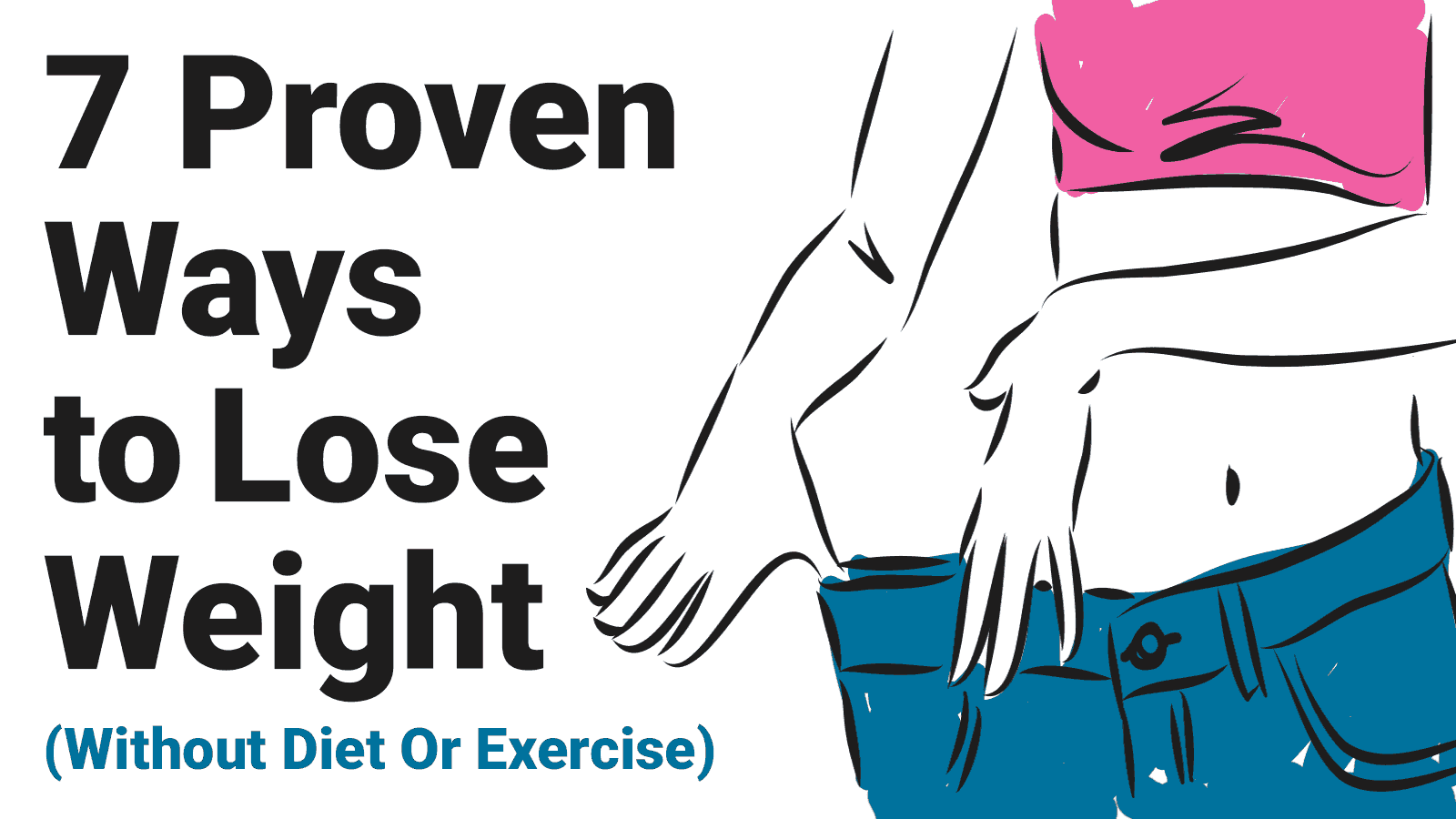Loneliness and depression are feelings far too many of us are intimately familiar with. As the world becomes more and more uncertain, people are beginning to feel more isolated and alone than ever before. Personal and professional problems alike can contribute to this, and sometimes it seems like there’s no way out.
There’s a way out, though, and it starts with a few small steps you can take to help yourself overcome loneliness and your depression. These five simple techniques backed by expert opinion will give you some insight into how to beat depression.
1. Reach Out
When you’re feeling isolated, it could stem from the fact that you’re, well, isolated. To fix this, try reaching out to friends and family. It doesn’t have to be for anything in particular; just have a talk.
Research suggests that human interaction isn’t just good for your mental health, but crucial. You’d be surprised at just how much having lunch with someone or even just talking on the phone can help to boost your mood.
2. Embrace the Silence
On the opposite end of the spectrum, try to make peace with yourself and being by yourself. This can be especially helpful if your solitude is more emotional than physical, but it works just as well no matter where your loneliness stems from.
Many of us believe that we need other people to find personal fulfillment, but this is a dangerous mindset to have. Each of us is a complete person on their own and relying too heavily on others can lead to many problems. Sometimes it can be necessary to remind ourselves of our own worth and remember that we can be happy all on our own.
3. Make Small Changes
Not everything has to be dramatic. The fact is, most change is gradual, so it’s unrealistic to expect your loneliness and depression to just vanish overnight because you want it to. Major change is the culmination of a lot of minor change, so start small and work your way up.
If you’re used to being inside all the time, try taking a walk every so often or sitting outside and enjoying the weather. If you’ve got a poor diet, try to promise yourself you’ll make a good meal once a week or so. Little things like this add up over time, and you’ll really start to notice the impact they have on your mood, your confidence, and your overall health.
4. Start a Hobby
One of the symptoms of depression is a disinterest in things that previously brought you joy. If this is the case for you, try to fill that void with something new. Trying new hobbies or activities can be tough, but it’s worth the effort to regain some of the passion for life you may have lost.
Being able to do something constructive with your free time rather than simply wallow in the loneliness and depression can improve your mental health significantly. Whether it’s learning a skill, returning to something you once loved, or trying a new activity, it can all help to improve your mood. It can also be a good way to meet new people if you feel you’re lacking friends.
5. Make Friends
Speaking of friends, a good way to break out of the depression rut is to try and make some. Loneliness and depression thrive with isolation, and the worst possible thing for either of these problems is feeling like you have no one to reach out to. If this is where you’re at, or even if your current social circle is somewhat lacking, it might be worth it to try and meet some new people.
It can be tough to get yourself out there and try to make friends, especially as an adult. One way to try and overcome the awkwardness and apprehension could be in a class setting, which also gives you a chance to get out of the house and learn. Like-minded individuals have a better chance of understanding and sympathizing with your struggles, so don’t be afraid to put yourself out there and find some new people to talk to.
Final Thoughts
It can be tough trying to figure out how to beat depression and overcome loneliness, but it is possible. The road to recovery isn’t easy by any stretch, but remembering simple techniques like these five can help to pave the way and make things just a bit easier.
It’s also important to remember that professional help is always an option if you or a loved one are struggling with loneliness and depression. There’s no shame in needing the assistance, especially when any of these techniques can be integrated into professional treatment with little issue.
https://www.youtube.com/watch?v=CU2LlJxEdJ4


